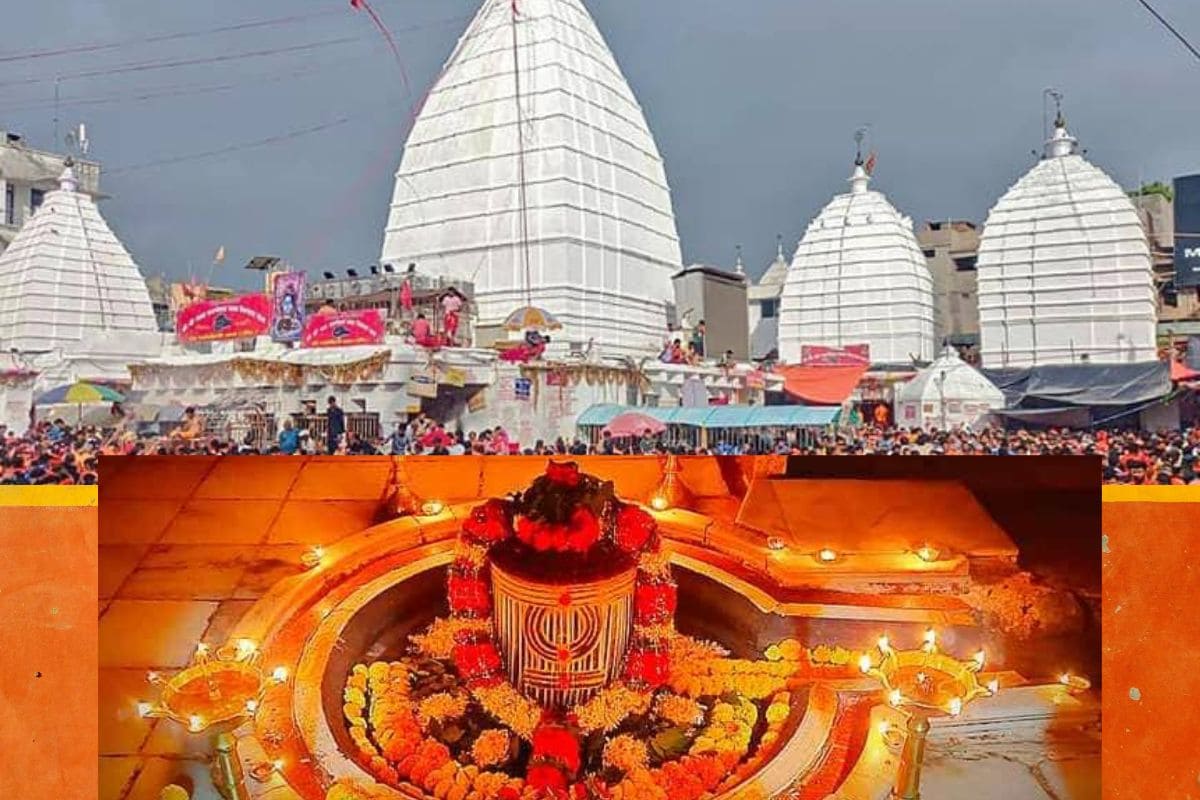Mallikarjuna Jyotirlinga temple history, Significance, location, nearest place
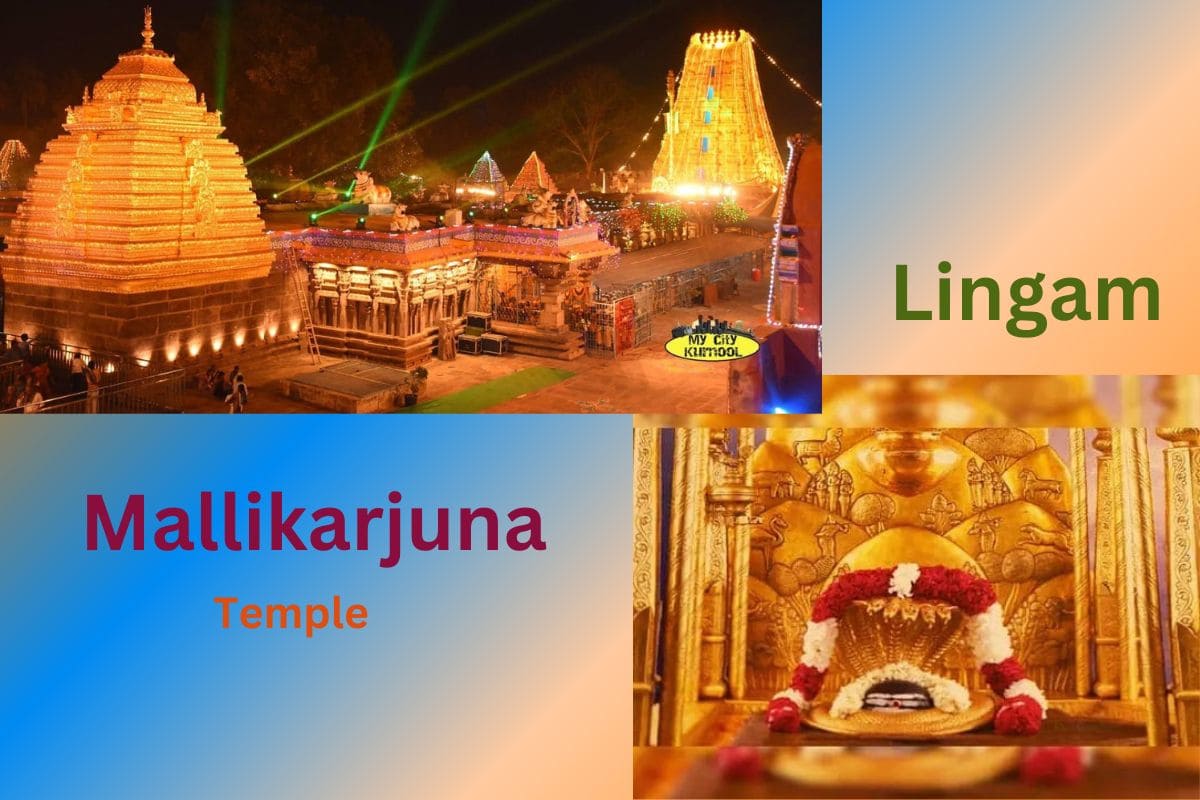
Mallikarjuna Jyotirlinga Temple
Mallikarjuna’ is a combination of Mallika (Goddess Parvati) and Arjuna (Lord Shiva)—symbolizing the divine union of Shiva and Shakti. The Mallikarjuna Jyotirlinga, located on the Srisailam hills in Andhra Pradesh, is one of the twelve revered Jyotirlingas of Lord Shiva. It is unique because it is also one of the 18 Maha Shakti Peethas, making it a powerful center of both Shiva and Shakti worship.
Situated on the banks of the Krishna River, the temple is enveloped by the scenic Nallamala forest and offers spiritual peace amid natural beauty. This sacred site represents love, divine energy, and the promise of moksha (liberation) to all devotees who visit.
According to legend, Lord Shiva and Goddess Parvati came here to console their son Kartikeya, who had retreated to this hill after a dispute with his brother Ganesha. Touched by his sorrow, Shiva and Parvati decided to stay at Srisailam, where they now reside as Mallikarjuna and Bhramaramba.
The temple is built in Dravidian architectural style with grand gopurams (temple towers), intricate carvings, and spiritually vibrant surroundings.
Location
The Mallikarjuna Temple is located in Srisailam, in the Kurnool district of Andhra Pradesh, nestled on the picturesque Srisailam Hills on the southern bank of the Krishna River.
- Distance from Hyderabad: 215 km
- Nearest Railway Station: Markapur Road (85 km)
- Nearest Airport: Kurnool Airport (180 km), Hyderabad (215 km)
- Accessible by Road: Well-connected by APSRTC buses and private vehicles
How to Reach
- From Hyderabad, travel 215 km via NH44 and NH565
- Reach Srisailam Hilltop town
- Temple is at the center of the town, accessible by steps or vehicle
Nearby Places to Visit Around Mallikarjuna Temple
1. Bhramaramba Devi Temple (0 km):
Significance: One of the Shakti Peethas; believed to be where Sati’s neck fell
2. Sikharam (8 km):
Significance: Highest point of Srisailam Hills; believed to be where Lord Shiva appeared.
3. Pathala Ganga (2 km cable car):
Significance: Scenic point where devotees take a dip in the Krishna River.
4. Srisailam Dam (14 km):
Significance: A massive dam with a viewpoint offering spectacular views.
5. Sakshi Ganapati Temple (3 km):
Significance: Believed that Ganesha records the names of pilgrims visiting Srisailam.
6. Chenchu Lakshmi Tribal Museum (2 km):
Significance: Showcases the culture and heritage of the local Chenchu tribes.
7. Akkamahadevi Caves (10 km via boat ride):
Significance: Sacred cave where saint Akkamahadevi meditated; accessible via river cruise.
HISTORY
The history of the Mallikarjuna Jyotirlinga is a blend of mythology and ancient Indian civilization. The temple finds mention in Skanda Purana, Shiva Purana, and Padma Purana, and it has been a sacred site for thousands of years.
It is said that when Lord Kartikeya left Mount Kailash and settled on the Krauncha Mountain (Srisailam), Lord Shiva and Goddess Parvati followed him to console him. They stayed there as Mallikarjuna (Shiva) and Bhramaramba (Shakti). Thus, the place became sanctified by the permanent presence of both deities.
Historically, the temple was patronized by:
- Satavahanas
- Chalukyas
- Rashtrakutas
- Vijayanagara Kings
The current structure was expanded during the reign of Krishnadevaraya of the Vijayanagara Empire in the 16th century. The architectural grandeur reflects both artistic brilliance and deep spiritual significance.
TIMELINE
Ancient Period:
- Revered in Vedic and Puranic texts.
- Visited by saints like Adi Shankaracharya and sages from the Vedic era.
12th–16th Century:
- Renovated and expanded by various dynasties including the Kakatiyas and Vijayanagara rulers.
- Vijayanagara King Krishnadevaraya added many structures, including gopurams and mandapams.
Modern Era:
- Declared a National Pilgrimage Site under the Indian government.
- Managed by the Srisailam Devasthanam Trust Board.
- Major infrastructural development for tourists and pilgrims with roads, hotels, ropeway, and boats.
RECONSTRUCTION
Though the temple has not suffered large-scale destruction, it has been restored and expanded many times across centuries. Most significant renovations were during the Vijayanagara period, which added the intricate carvings, pillared halls, and decorative towers that we see today.
In recent decades, the Andhra Pradesh government has further developed facilities for lakhs of pilgrims, including:
- Pilgrim amenities centers
- Ropeway to Pathala Ganga
- Boating to Akkamahadevi Caves
- Electric vehicle services within temple premises
Mahaklleswar Jyotirlinga Temple
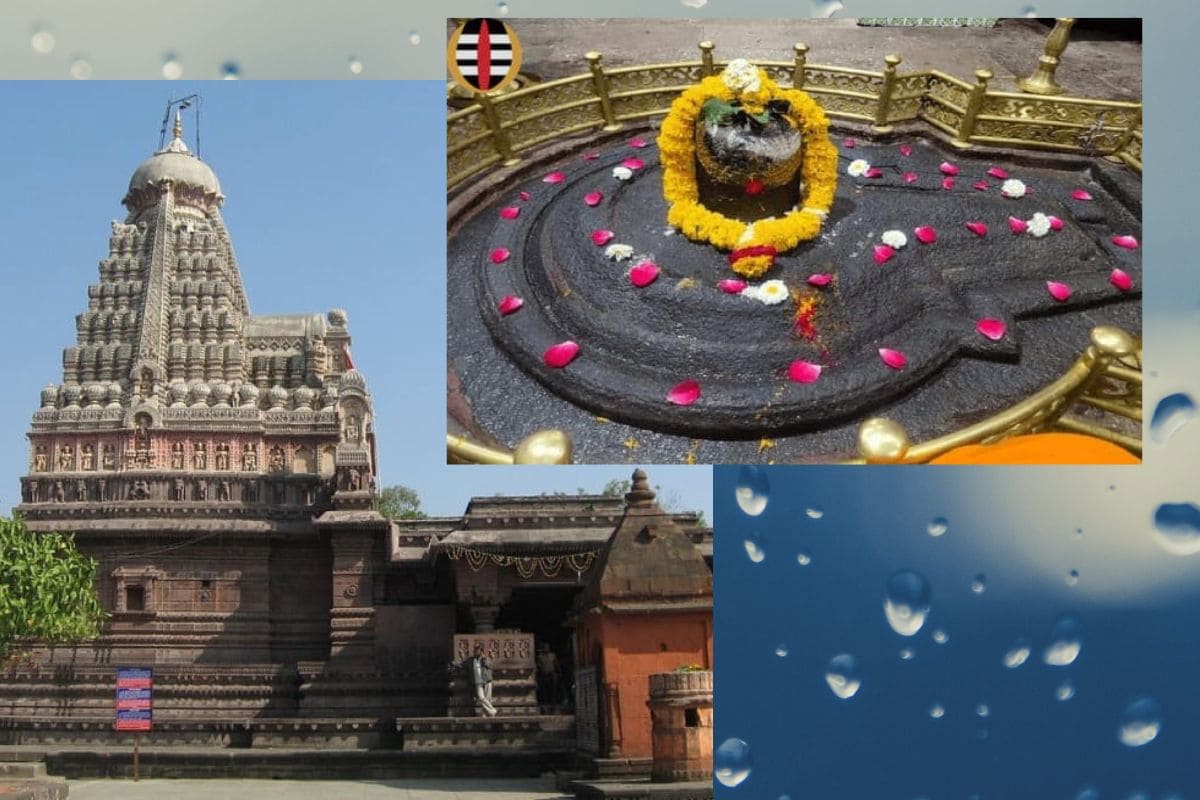
Grishneshwar Jyotirlinga temple history, Significance, location, nearest place
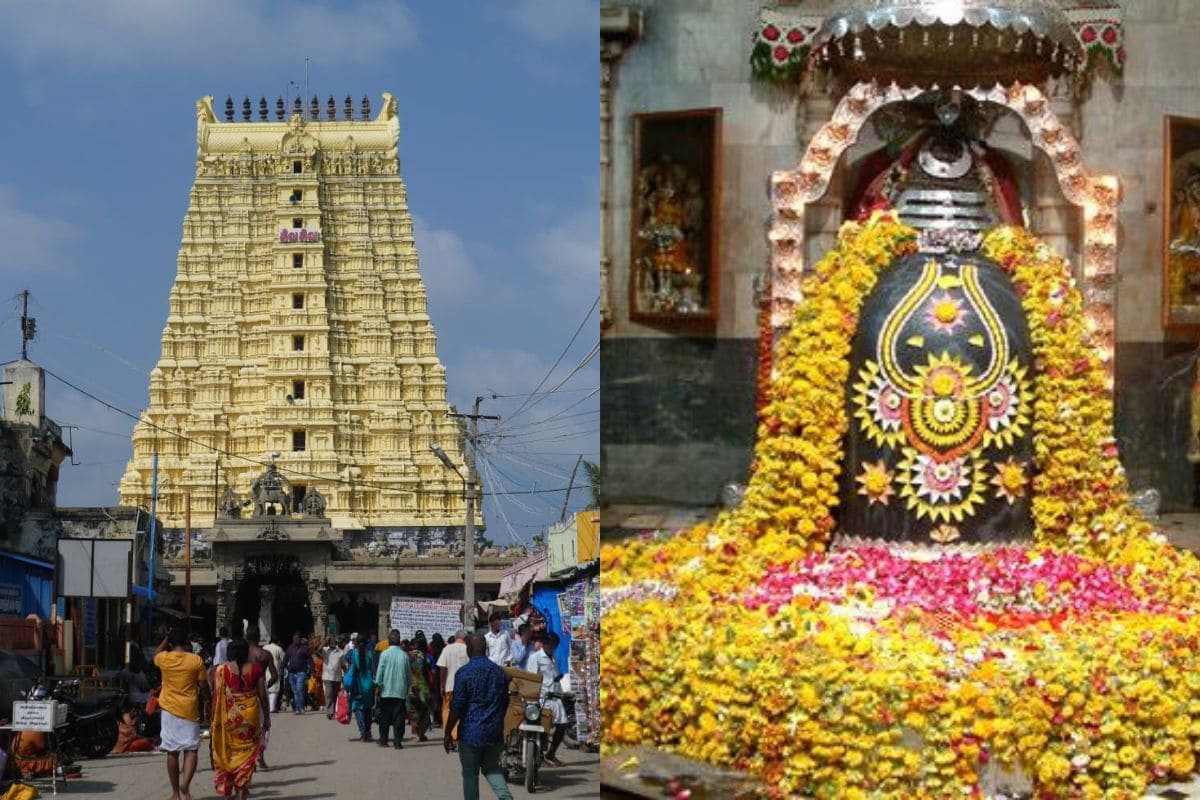
Rameshwaram Jyotirlinga temple history, Significance, location, nearest place
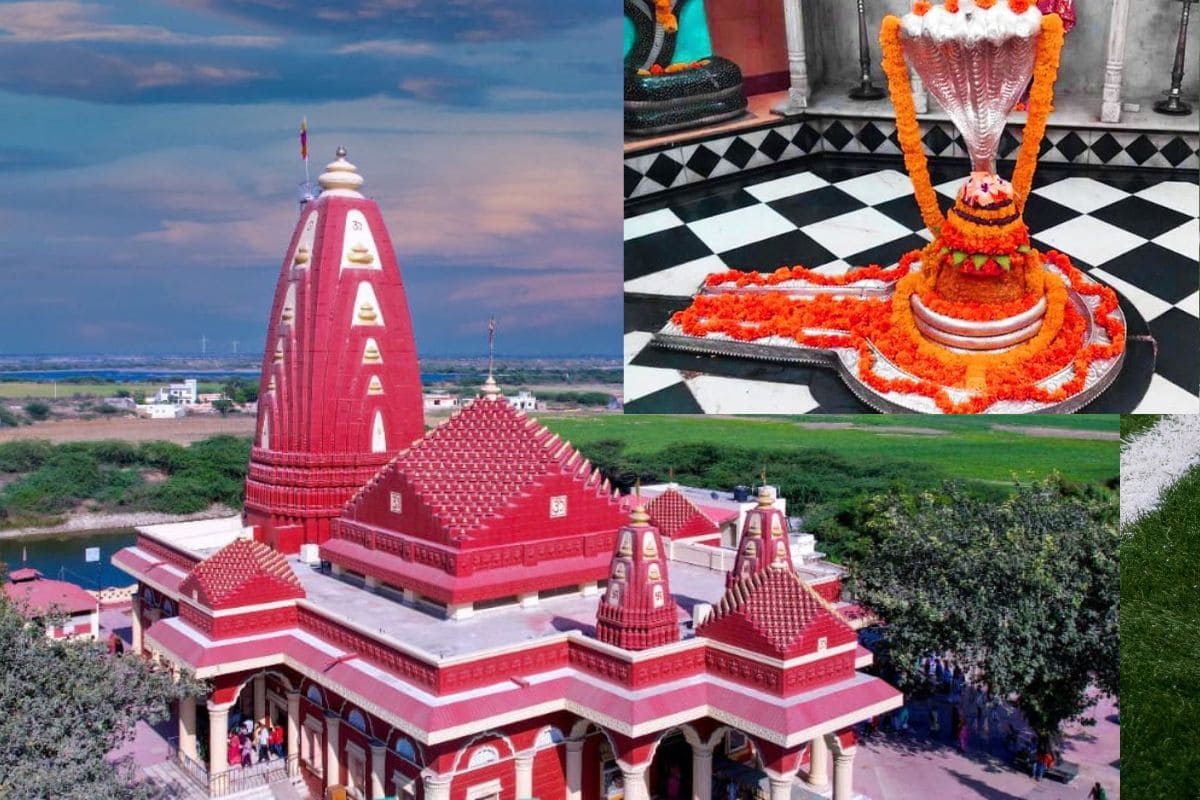
Nageshwar Jyotirlinga temple history, Significance, location, nearest place
